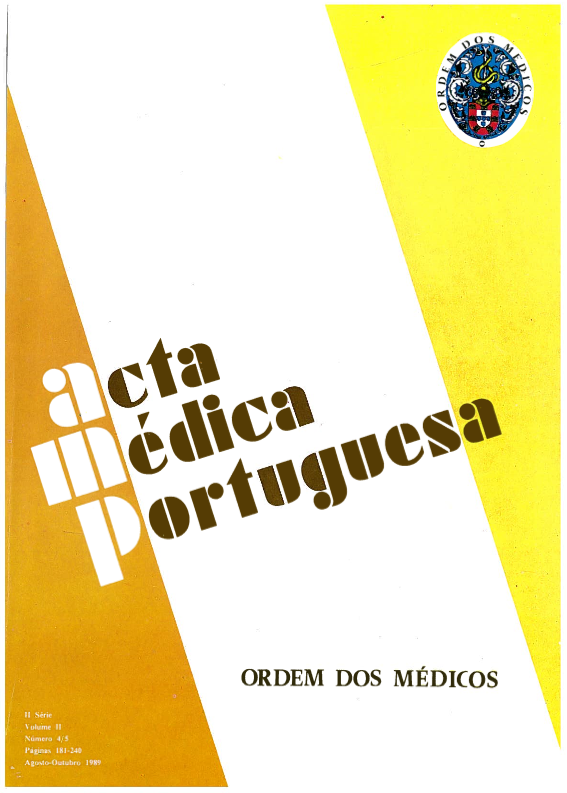Cerolipofuscinose: estudo ultrastrutural de 8 casos.
DOI:
https://doi.org/10.20344/amp.3483Resumo
The authors studied the clinical and ultrastructural features of 8 cases of Neuronal Ceroid-Lipofuscinosis (NCL). Five cases of the late-infantile type and 3 cases of the juvenile type. The clinical diagnosis of all cases was confirmed by the electron microscopy analysis of the peripheral blood lymphocytes and biopsy material from the skin, palpebral conjunctiva, skeletal muscle and rectal mucosa. Our observations agree with previous reports concerning the predominance of curvilinear bodies in the cells of the late infantile type, and fingerprint-like structures in those of the juvenile type. The finding of parallel tubular arrays and NCL inclusions associated in the same lymphocyte (frequently in the same vacuole) suggests that those structures could be related to the metabolic error of NCL. Ultrastructural examination of microbuffycoats of peripheric blood lymphocytes is a simple, time-saving and reliable method that allows specific confirmation of a clinical diagnosis of Neuronal Ceroid-Lipofuscinosis.Downloads
Downloads
Como Citar
Edição
Secção
Licença
Todos os artigos publicados na AMP são de acesso aberto e cumprem os requisitos das agências de financiamento ou instituições académicas. Relativamente à utilização por terceiros a AMP rege-se pelos termos da licença Creative Commons ‘Atribuição – Uso Não-Comercial – (CC-BY-NC)’.
É da responsabilidade do autor obter permissão para reproduzir figuras, tabelas, etc., de outras publicações. Após a aceitação de um artigo, os autores serão convidados a preencher uma “Declaração de Responsabilidade Autoral e Partilha de Direitos de Autor “(http://www.actamedicaportuguesa.com/info/AMP-NormasPublicacao.pdf) e a “Declaração de Potenciais Conflitos de Interesse” (http://www.icmje.org/conflicts-of-interest) do ICMJE. Será enviado um e-mail ao autor correspondente, confirmando a receção do manuscrito.
Após a publicação, os autores ficam autorizados a disponibilizar os seus artigos em repositórios das suas instituições de origem, desde que mencionem sempre onde foram publicados e de acordo com a licença Creative Commons









